Where will your organization be…in 300 years?
There is a secret to staying in business for more than three centuries. Husqvarna has it.
A lot of company leaders strive for longevity. They make five- or ten-year plans. They envision a thriving company the owner or CEO can retire from after forty or fifty years of rewarding work. Few think in terms of hundreds of years.
Stockholm-based Husqvarna Group, which today manufactures outdoor power products, garden tractors, and mowers, has made it for the long haul: 325 years and counting.
The company began in 1689 as a weapons foundry and adapted through the years, picking up and producing product lines where they anticipated increasing demand—from sewing machines to bicycles to motorcycles. After Electrolux acquired Husqvarna in 1978, the focus shifted to outdoor products. At the time Husqvarna made chainsaws, but organic growth and acquisitions brought a more complete line of outdoor power equipment, enough to service landscapers around the globe.
No stranger to entering new markets, the company leaders had to figure out how to make their mark in a crowded industry. The answer—the way to distinguish the company—was to be proactive. They didn’t just examine what others were offering or what client needs were at the moment. They had to ask the question: “What will our clients need next?”
Landscapers face a set of unique challenges. Labor and middle-management talent is increasingly difficult to come by—and being a seasonal business means training and scheduling can be a complex puzzle. Some folks think they can start small, with a low cost barrier to entry, but items like workers’ compensation insurance add up quickly. And the business isn’t as sure as it seems. Even small changes in the weather—a little too dry means mowing is slow-going and too wet and crews can’t get out to get the work done—can mean the difference between a solid year and one that pushes companies into the red. It’s not as simple as many assume when they launch into landscaping; add a tough year or two, and many small landscapers are in deep trouble, which of course, can lead to trouble for dealers, too, who must find ways to manage in an industry with a high rate of bankruptcy.
How did Husqvarna help them manage? They worked with landscapers to design equipment that shares common parts, which means repairs can be made more quickly and in-house and workers won’t have to constantly switch equipment types (cutting down on training time and costs). It also provided easier, one-stop shopping and service and single-vendor financing available through a Husqvarna purchase or leasing program. It made for more simplicity, efficiency, and profitability for landscapers—and also for the dealers who carry the equipment. But satisfying today’s needs wasn’t enough.
Jeff Sebert, who’s operated a Chicago landscaping company for more than 30 years, can envision a bright future for landscaping if it’s approached the right way. “The thing we have to keep in mind is the value of the landscape—what it brings to the table,” he says. “Sitting in a backyard or a park or greenspaces you find in a city is healthy. We need to be recognized for the importance of that, before the healthcare industry or someone else does.” His hope is that landscapers can position themselves as environmental stewards, a group responsible for keeping our cities healthier and more uplifting through greenspaces that are created and maintained in a way that minimizes pollution and waste.
But to do that, he needs equipment from a manufacturer who sees things in the same light. That’s what he’s found in Husqvarna: a company working to understand not only how its customers can survive now, but also what they will need to meet the demands of years down the road. Husqvarna’s “Silent City” survey looked at the anticipated changes in landscape architecture in 15 countries, and—as Sebert has suggested—the results showed that greenspaces will be integral in anticipated continued urbanization into 2030 and beyond, if landscapers can employ technology that increases sustainability. The parks people will want in the future, it says, are quiet (absent the irritating lawnmower and weed-trimmer buzz of traditional maintenance), designed around the user, and smarter with better monitoring technology. It also found more consumers (65 percent) were looking for landscapers using eco-friendly tools.
The environmental reasons are clear to Sebert; while lawnmowers aren’t regulated the same way automobiles are yet (though some West and East Coast cities are beginning to implement legislation), the impact is just as troubling. Operating a lawnmower for one day, for instance, emits the same amount of carbon dioxide as driving a car from Chicago to San Francisco. That’s why he made the pricey investment of outfitting fifteen of his trailers with solar panel roofs and batteries to store solar energy. To make it complete—and to reduce emissions and noise pollution—he needed a manufacturer leading the change for battery-powered handheld equipment and mowers and trimmers. That’s how he found Husqvarna in the first place. “Some companies are really just beginning to dabble in this,” Sebert says. “I want to see more people thinking about it.”
Sebert feels so strongly that he’s partnered with Husqvarna, not just in buying their equipment but also in appearing at their panels and events to help landscapers prepare for the industry’s evolution. “The whole basis of my excitement about working with Husqvarna is the presentations that we’ve been part of,” he says. “The events are all about what the future of the industry may look like.”
There’s an answer to how the Husqvarna family of companies has been able to weather the storms of more than 300 years. It works to mix with its customers, no matter the industry, and understand what they really need now—and what they will need to be profitable and significant in the coming decades.
